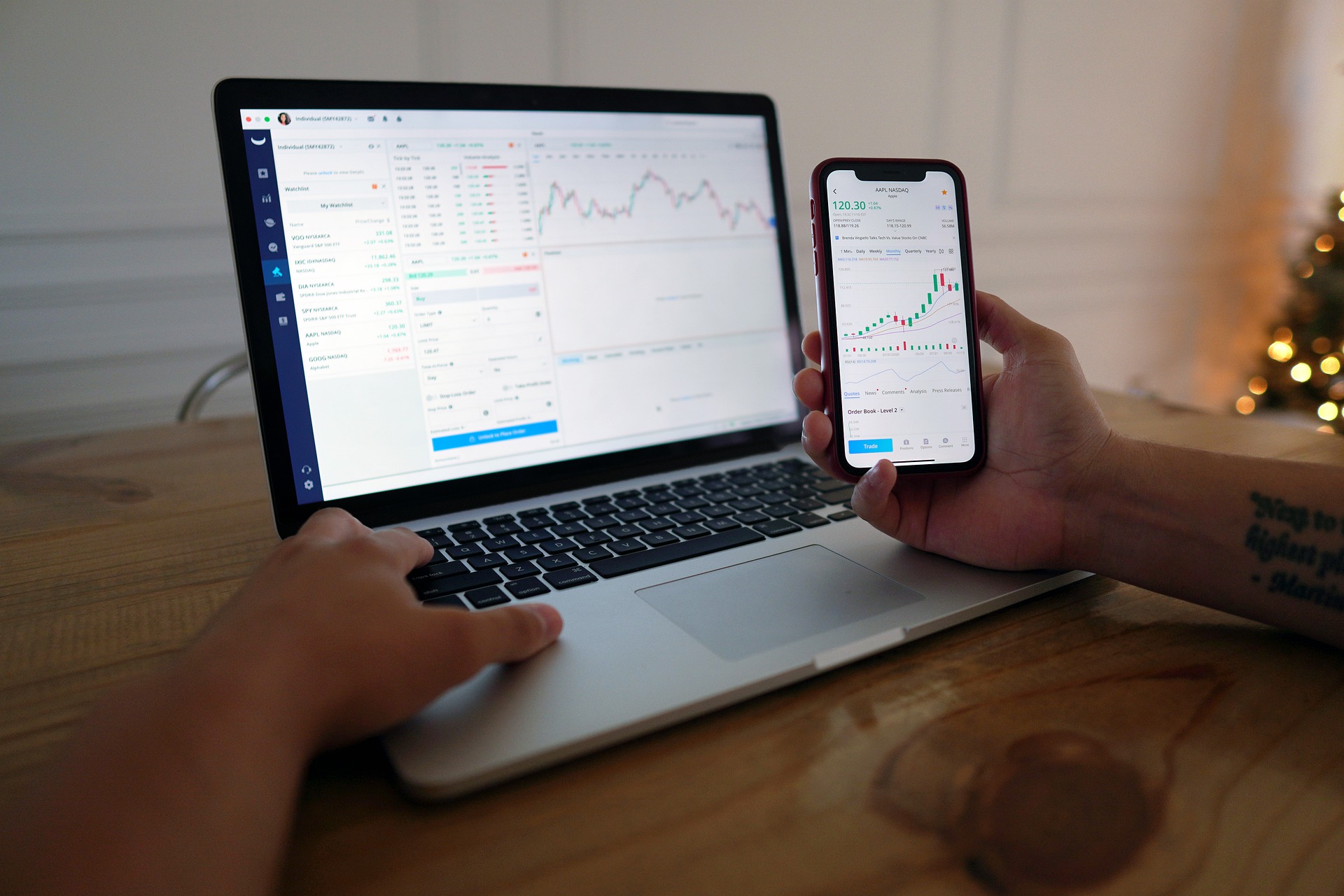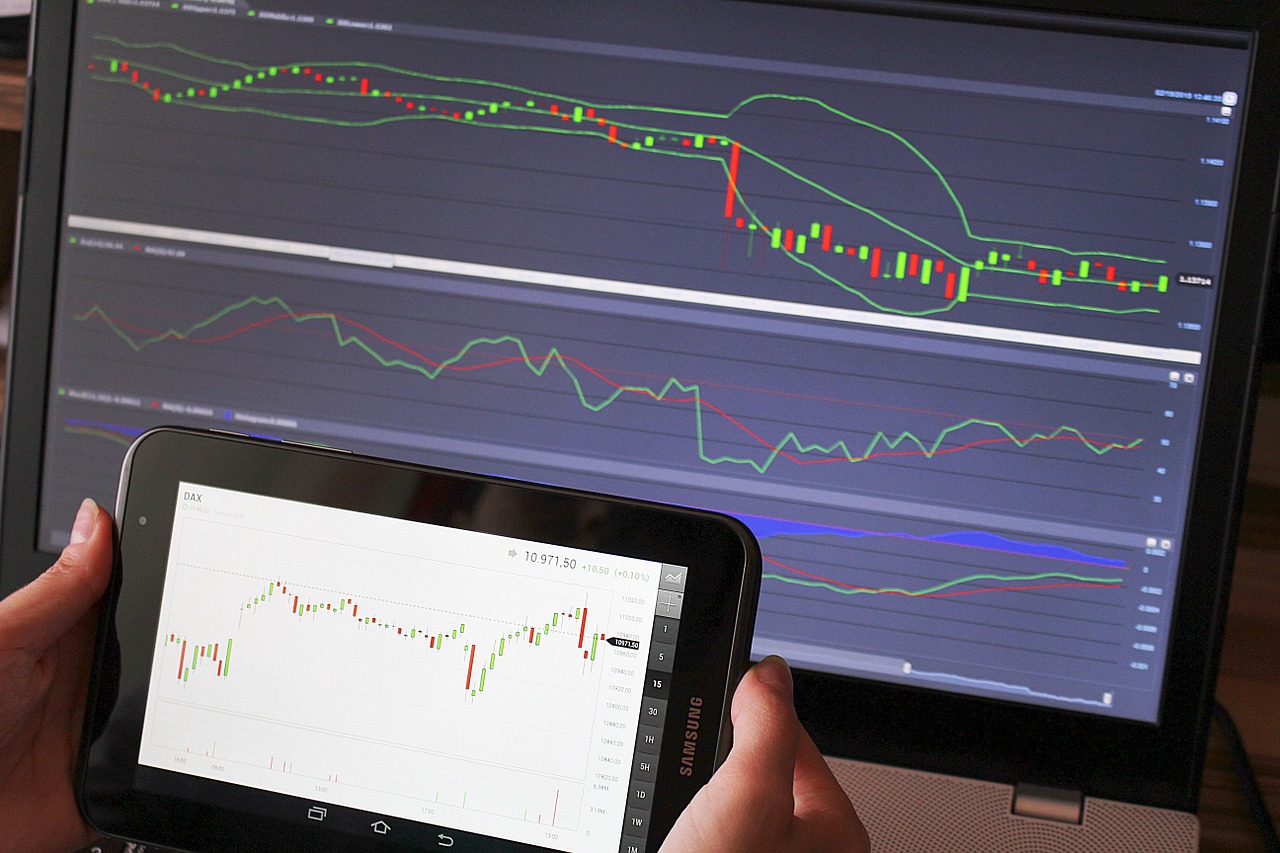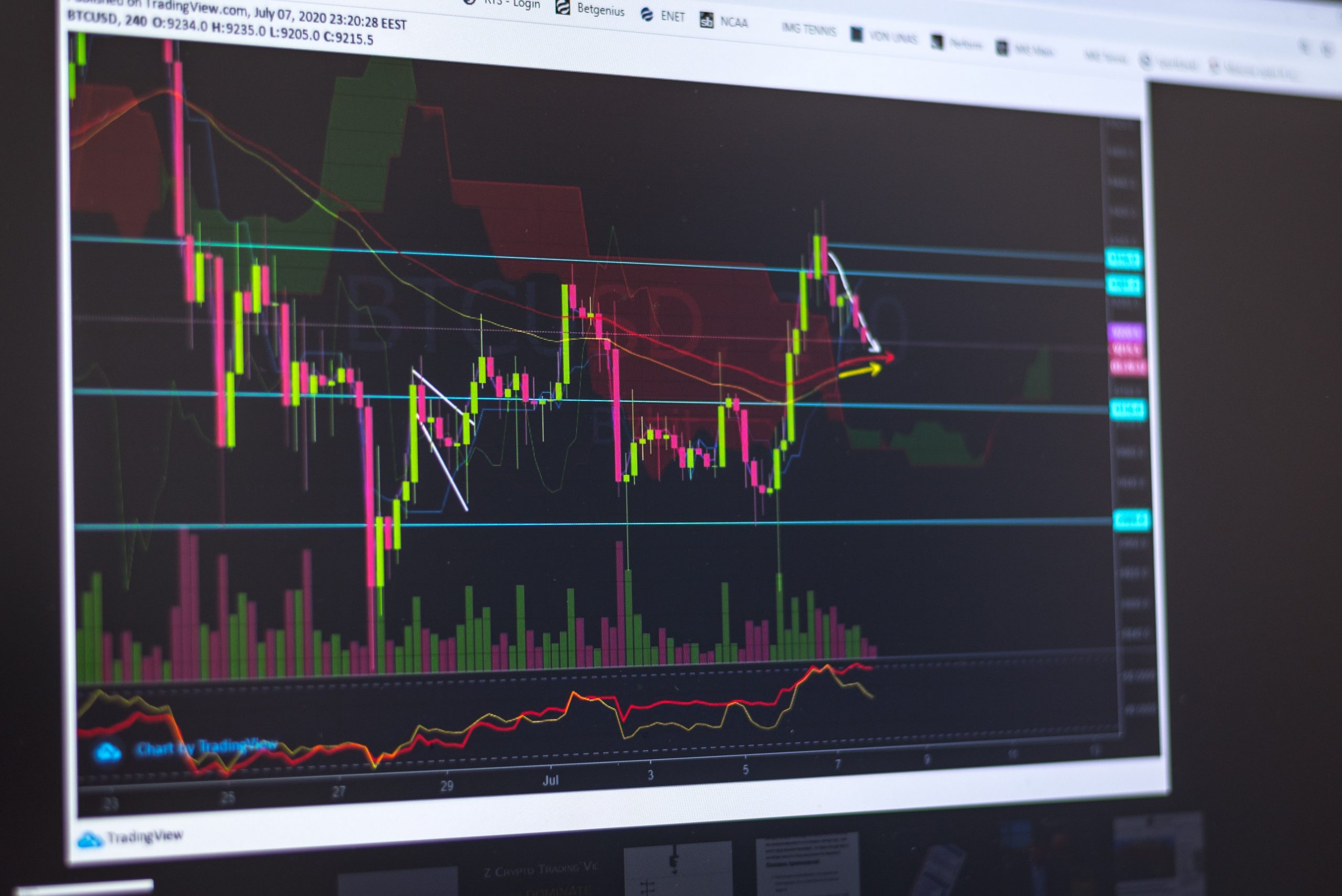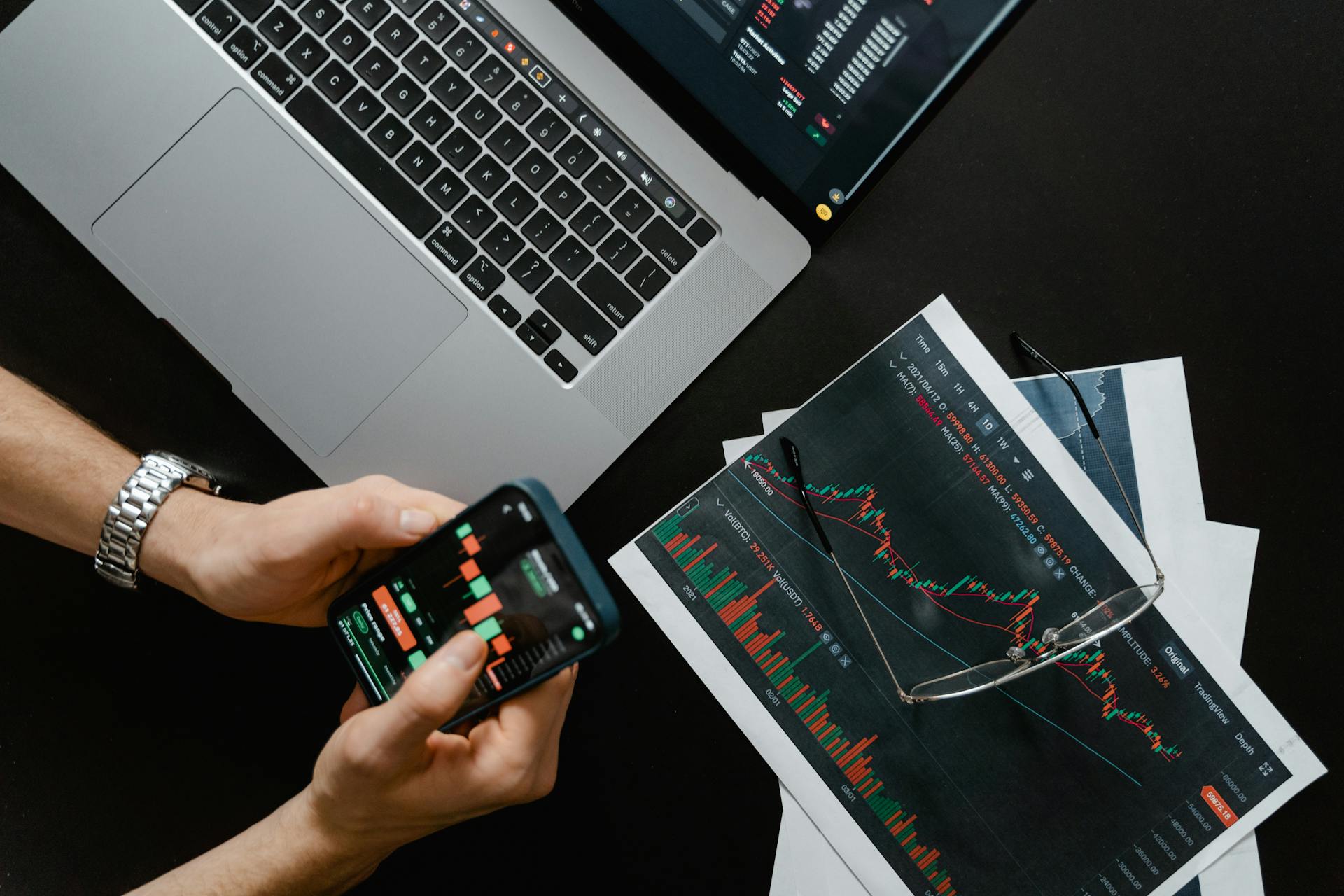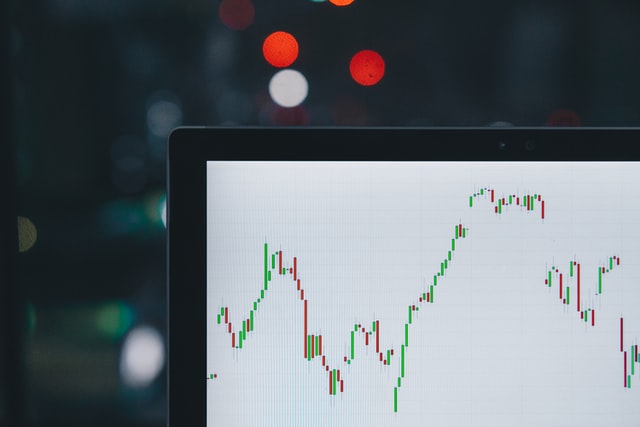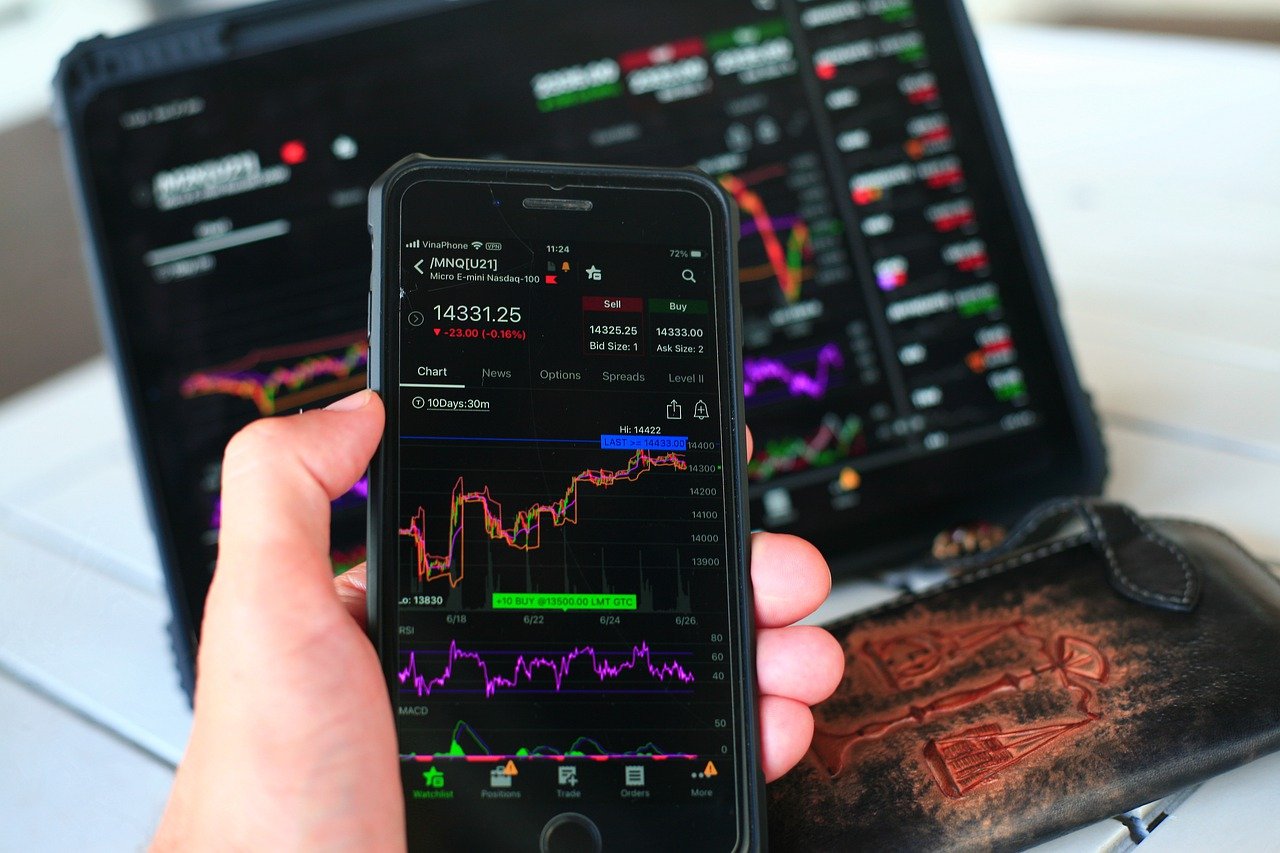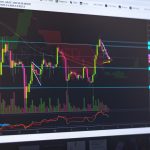What is explosive volatility in stocks?
“Explosive volatility in stocks” is a term used to describe a rapid increase in a stock’s value without any reason or warning.
Explosive volatility usually happens when the market is flooded with buy orders, but there is no corresponding increase in sell orders which causes an enormous rise in price.
For example, if the Dow Jones Industrial Average (a popular U.S. stock market index) has been trading between 18000 and 19000 for weeks, and suddenly rockets up to 20000, its likely that Explosive Volatility would be noted by market participants and could easily cause short term panic buying/selling as investors try to front run each other into what they perceive as undervalued assets.
Bubble Behavior
This can lead to further rounds of ‘Bubble Behavior’ where everyone wants to own the same assets at once resulting in excess demand which pushes prices even higher than fundamentals would suggest – often so high asto make those assets vulnerable to a major correction or crash.
When the price action of an explosive asset moves up dramatically and rapidly with small swings in either direction, this is often referred to as a ‘Tulip Mania’ (referring to the Tulips that were traded like paper currency during markets of old)
Explosive Volatility can also be seen when market participants perceive that strong positive news about an asset’s future performance has been released – driving prices higher quickly as everyone who was standing on the sidelines dives into what they perceive as a bubbling bull market.
Explosive Vol-Up
In these cases, Explosive Vol-Up behavior reflects positively on big earnings announcements from companies, good early trial data for clinical drug trials, or perhaps even another Billionaire joining the space for whatever reason.
Investors should always be highly cognizant of assets showing signs of either Explosive Vol-Up or Volatile Vol behavior as these are often an indicator that prices may fall hard in the future, and it would be wise to lock in profits when they can.
On the flip side, explosive assets with high volatility such as cryptocurrencies (which sometimes sees price swings greater than 5% on a daily basis) make excellent trading opportunities if you can follow the markets closely and buy/sell quickly enough.
It’s important not to confuse normal volatility or fluctuation in price action with Explosive behavior though – assets that show their highest highs and lowest lows every single day (say expected gains/losses of 1-2%) but remain in a general price range or consolidation for weeks/months at a time are generally not Explosive Volatility candidates.
Explosive Volatility is one of the less common types of financial market behavior and it typically requires some type of significant catalysts such as good news, poor news, rumors, etc to generate the big swings that investors want to aim for when they trade or invest in volatile assets.
In 2007 Dell purchased Alienware, a computer hardware company known for producing high-end gaming computers.
When Dell purchased Alienware, they started to produce mass quantities of Alienware computers, and the demand for Alienware plummeted heavily due to overproduction by Dell.
This drop in demand caused an explosive drop in price from $20 per share to under $4 per share.
The shares had fallen so quickly that many people who had invested in the company started to sell at a loss in fear of further drops. Many analysts say that Dell’s purchase was the leading cause for the drop because it created an oversaturated market for Alienware.
This crash is one example of how explosive volatility can affect stocks.
In conclusion
While these types of opportunities exist all the time – identifying them can be challenging and require either close attention to usually smaller securities where explosive volatility is more common (cryptocurrencies and penny stocks).
Pay very close attention to indexes like the Dow Jones Industrial Average which we mentioned above where explosive moves tend to occur more frequently than other markets.

